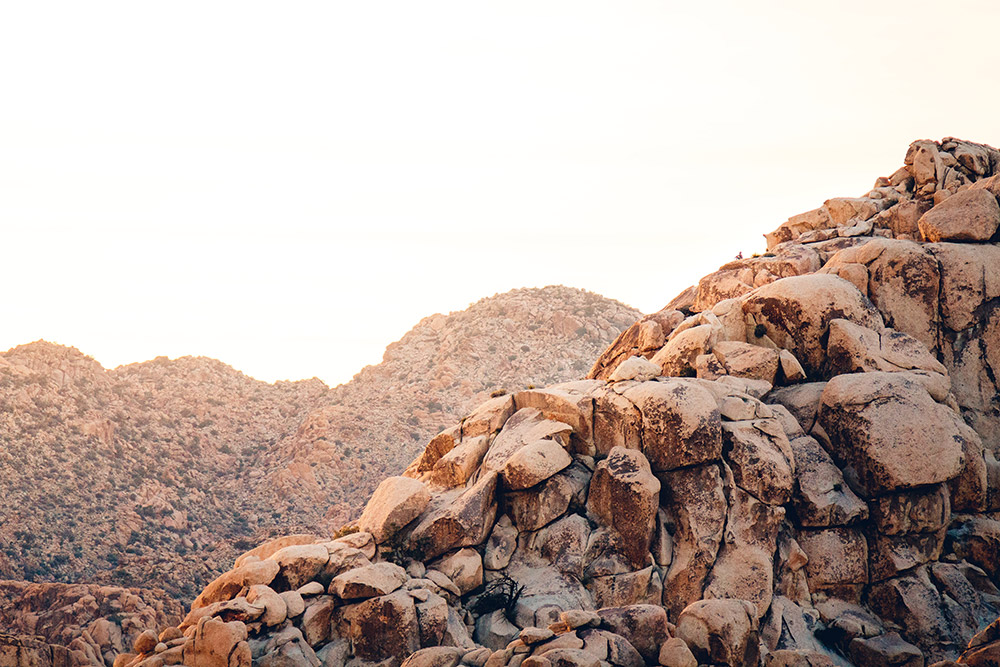
An otherworldly desert
Jul 09 2019
The Joshua tree is also called izote de desierto (Spanish, "desert dagger").[6] It was first formally described in the botanical literature as Yucca brevifolia by George Engelmann in 1871 as part of the Geological Exploration of the 100th meridian (or "Wheeler Survey").[7]
The name "Joshua tree" is commonly said to have been given by a group of Mormon settlers crossing the Mojave Desert in the mid-19th century: The tree's role in guiding them through the desert combined with its unique shape reminded them of a biblical story in which Joshua keeps his hands reached out for an extended period of time to guide the Israelites in their conquest of Canaan (Joshua 8:18–26).[8][9][10] However, no direct or contemporary attestation of this origin exists, and the name Joshua tree is not recorded until after Mormon contact;[8][11] moreover, the physical appearance of the Joshua tree more closely resembles a similar story told of Moses.[12]
Ranchers and miners who were contemporary with the Mormon immigrants used the trunks and branches as fencing and for fuel for ore-processing steam engines. They referred to these fallen or collapsed Joshua trees as tevis stumps.[citation needed]
In addition to the autonymic subspecies Yucca brevifolia subsp. brevifolia, two other subspecies have been described:[13] Y. b. subsp. jaegeriana (the Jaeger Joshua tree or Jaeger's Joshua tree or pygmae yucca) and Y. b. subsp. herbertii (Webber's yucca or Herbert Joshua tree), though both are sometimes treated as varieties[6][14][15] or forms.[16]